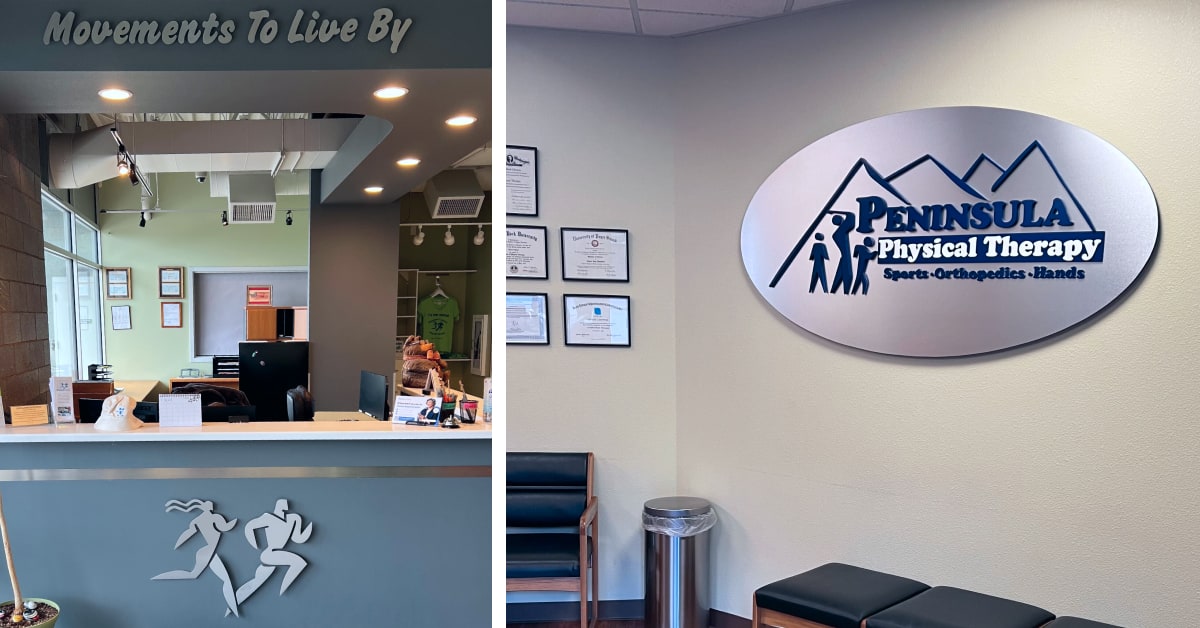April 21, 2020
First-line Treatment for Osteoarthritis

For over a decade, first-line osteoarthritis (OA) treatment has been based on education, exercise, and weight management—an approach proven to reduce pain, decrease the need for joint replacements, and help patients reduce reliance on pain medication. But what exactly is first-line treatment for osteoarthritis, and how does it work?
This article explores the fundamentals of first-line OA treatment, its benefits, and how healthcare providers can implement it to treat more patients while reducing musculoskeletal (MSK) costs.
What Is First-Line Treatment for Osteoarthritis?
Osteoarthritis is caused by excessive or improper strain on the joints, resulting from a combination of genetic and lifestyle factors. Treating OA effectively involves reducing the negative impact on the affected joint.
According to international guidelines, structured exercise supervised by a physical therapist is the first-line treatment for osteoarthritis.
The Three Stages of OA Treatment:
Step 1: First-Line Treatment
The recommended first approach for OA treatment—supported by international organizations such as OARSI—is a combination of:
- Individualized exercise to reduce joint strain
- Education to enhance patient understanding
- Weight management (when relevant) to alleviate excess pressure on the joints
Step 2: Secondary Treatment
If symptoms persist, additional pain relief and assistive devices may be introduced, including:
- Mild pain medications (such as acetaminophen or NSAIDs)
- Cortisone injections to temporarily reduce inflammation
- Braces, canes, or orthotics to improve mobility and reduce discomfort
Step 3: Surgery as a Last Resort
Surgery should only be considered if previous treatments have been attempted for an extended period without success. Total joint replacement involves high costs, potential complications, and variable outcomes. Patients should continue to exercise before and after surgery to optimize their results.
How OA Treatment Should Be Structured:
- All OA patients: Education, exercise, and weight management
- Some OA patients: Pain relief, assistive devices, and passive treatments from a therapist
- Few OA patients: Surgery (only when other treatments have failed)
The Three Pillars of First-Line OA Treatment
1. Individualized Exercise
Structured exercise stimulates cartilage repair, strengthens muscles surrounding the joint, and improves mobility. Stronger muscles help distribute load more effectively, reducing joint strain and slowing disease progression.
2. Education and Information
Educating patients about OA and self-management strategies empowers them to take an active role in their treatment. Knowledgeable patients are more likely to adhere to their program and achieve long-term improvements.
3. Weight Management
Excess weight exacerbates OA symptoms, particularly in weight-bearing joints such as the knees and hips. Weight control, when necessary, is an important component of first-line treatment.
The Benefits of First-Line Treatment for Healthcare Providers
First-line treatment is not only beneficial for patients—it also offers significant advantages for healthcare systems, employers, and health plans. By prioritizing first-line treatment, healthcare providers can:
- Reduce the number of unnecessary joint replacements
- Optimize healthcare resources by providing effective, lower-cost treatment upfront
- Decrease sick leaves and early retirements associated with chronic joint pain
Delivering First-Line OA Treatment
In some healthcare systems, structured OA self-management programs are available both in-person and online. These programs—typically led by occupational or physical therapists—offer education, guided exercise, and weight management support.
Digital First-Line Treatment for OA
To improve accessibility and help reduce MSK costs, digital OA treatment programs have been developed. These solutions connect patients with physical therapists via an app, ensuring they receive structured education, personalized exercise plans, and continuous support—all in alignment with international guidelines.
Benefits of Digital OA Treatment:
- Personalized physical therapy
- Structured exercise programs
- Interactive educational content
- Progress tracking and adherence monitoring
Conclusion
International guidelines recommend first-line treatment—including individualized exercise and education—as the foundation for osteoarthritis management. By implementing this approach as standard care, healthcare providers can improve patient outcomes, reduce unnecessary surgeries, and lower MSK-related costs.
Digital solutions further enhance accessibility, scalability, and efficiency, ensuring that more OA patients receive effective treatment without delay.


